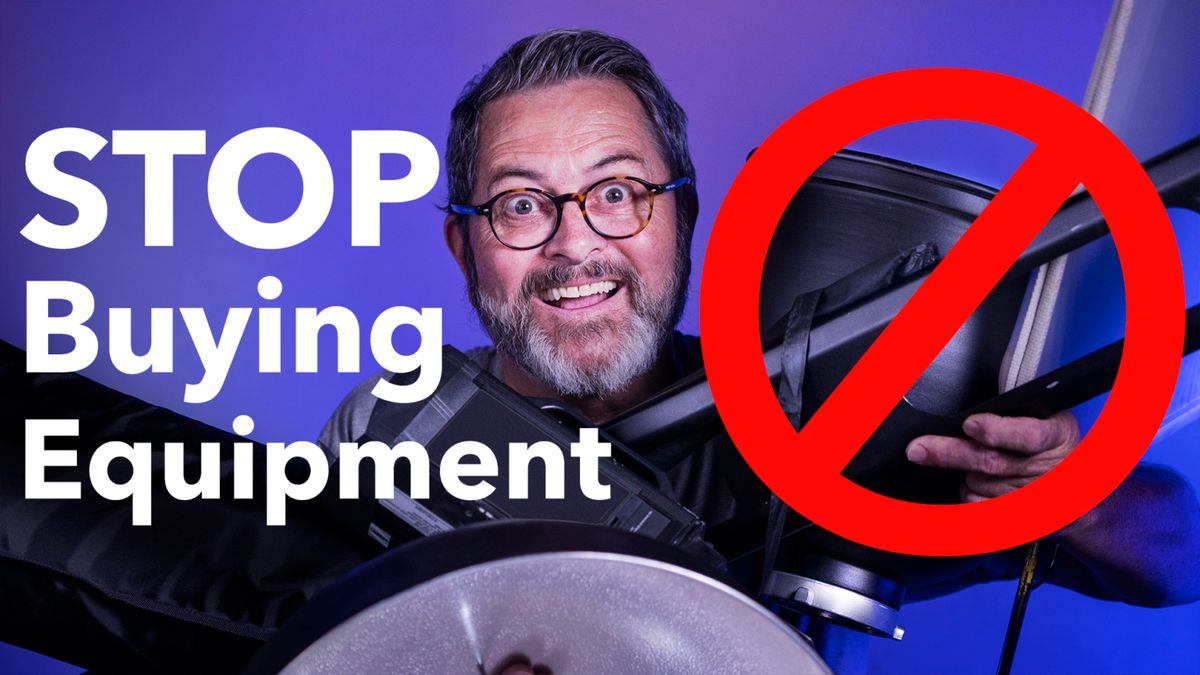Hi, this is Jay P Morgan. Today on The Slanted Lens we’re going to look at the six pieces of equipment, six pieces of equipment that you need to make money in photography. That’s all you need, six pieces of equipment.
So once you have a camera, what’s the next thing you need? Well, number two is a lens, you have to have a lens on your camera. Now this varies for every single person. You are going to want to choose the lens that is best for you and what you’re going to be photographing.
So number one was the camera. Number two was a zoom lens. What’s number three? A card, you have to have an SD card to go in your camera. Get two of them. Don’t buy a small SD card like 16 megabytes. Get at least 64 or 128 MB. You know at this point 256 MB is almost starting to become mandatory on a lot of cameras. It depends on what camera you’re shooting on.
Number four, a tripod, you’re going to need a tripod. There will always be situations where you’re shooting where you’re going to need a tripod. If you’re doing event photography at night, you may want to get some long drag shutter images. So a tripod becomes very important. Or if you want to set up your camera and then go work with your talent. So having a tripod is just a must in photography. You may not use it all of the time, but you should always have one.
Number five, you have to have a computer or access to a computer with the ability to sort images and send images to people. You can try to do it all on your phone but that just becomes extremely cumbersome. You don’t even need to have Adobe Photoshop, there are other programs out there that will give you a great way to sort and send images and they are much less expensive and don’t have a monthly fee.
Number six is your first piece of lighting equipment. It’s a 4 in 1 or a 7 in 1 reflector. You want to get a reflector with multiple covers because you can use a translucent to allow light to pass through it to just give a nice soft light on someone’s face. Put it up in front of the Sun and it makes it like a softbox. You can put on a hard bounce so you can bounce light back into someone’s face to open up the shadows. You don’t even need to stand for this.
I may throw in a bonus piece of equipment, number seven. The first thing most people are going to step up to after this set of equipment is some kind of on camera flash. The reason that we go here is because we want something that we can do event photography with or wedding photography with.
I’m not an advocate of buying the stuff that’s a brand name because generally speaking, you can find really great aftermarket strobes or on camera flashes that are half the price at least. Because if you spent $500 for a 50 watt strobe, you paid a premium because for $500, you can get an FJ400. You can get a 400 watt strobe, but does a 400 watt strobe move around like the FJ80? No, it does not. And so that’s why a lot of people get this.
So there you have it. Secure these six items and you now are ready to make money in photography. You are ready. I give you permission to make money in photography. Get these six pieces of equipment and start shooting now. More than likely you have all six pieces of this equipment. So why aren’t you shooting? Why aren’t you getting jobs?
Carry your camera with you everywhere you go. So people are going to ask, “Hey, are you a photographer?” “Yes, I am. Here’s my card.” Get out there and start hustling. Network with everybody you know. Start to take pictures and put them up on Instagram of your nieces, your nephews, your family, of buildings or of whatever is going to be key to the type of work you want to do and just start shooting and putting things up. As you start shooting and putting things up, things will start to happen. But if you wait, these six pieces of equipment are just going to sit around and not do anything where you could have a great side hustle going or a great way to make a living.
So leave some comments. Let us know your story. How is it that you got started in photography. Tell us your scary stories about how hard it was in the beginning. You have to overcome each one of those. But remember, what makes a professional? That is, practice in a stress situation makes professional photographers. So keep those cameras rollin’ and keep on clickin’.


